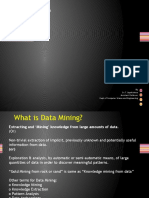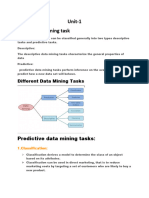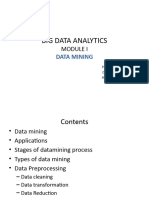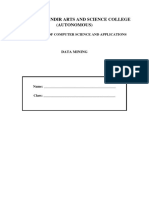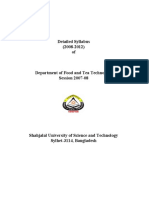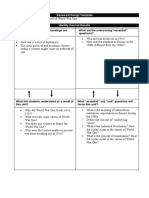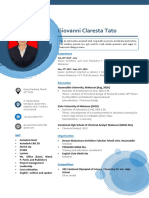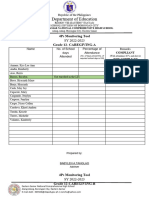0% found this document useful (0 votes)
31 views30 pagesUnit 1 Data Mining
Data mining is the process of extracting knowledge from large datasets using various techniques such as classification, clustering, regression, and association rule mining. It aims to discover hidden patterns and relationships to inform decision-making across various industries, including marketing and healthcare. Challenges in data mining include data quality, complexity, privacy concerns, and the need for scalable algorithms.
Uploaded by
animestudio0707Copyright
© © All Rights Reserved
We take content rights seriously. If you suspect this is your content, claim it here.
Available Formats
Download as DOCX, PDF, TXT or read online on Scribd
0% found this document useful (0 votes)
31 views30 pagesUnit 1 Data Mining
Data mining is the process of extracting knowledge from large datasets using various techniques such as classification, clustering, regression, and association rule mining. It aims to discover hidden patterns and relationships to inform decision-making across various industries, including marketing and healthcare. Challenges in data mining include data quality, complexity, privacy concerns, and the need for scalable algorithms.
Uploaded by
animestudio0707Copyright
© © All Rights Reserved
We take content rights seriously. If you suspect this is your content, claim it here.
Available Formats
Download as DOCX, PDF, TXT or read online on Scribd
/ 30












